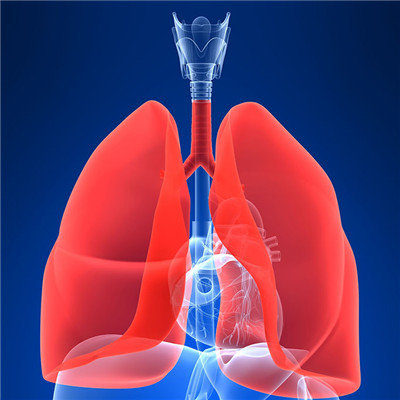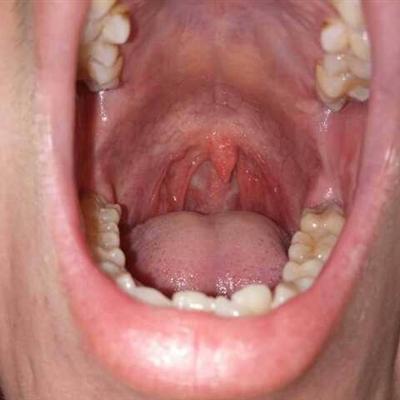Symptoms of xanthoma palpebralis
summary
Xanthoma palpebrae is a metabolic disorder, which is the most common xanthoma. Xanthomas are yellow or orange patches of the skin caused by lipid deposition on the eyelid. Most of them occur on the eyelids. At the beginning, they are as big as grains of rice, slightly higher than the skin, completely separated from the normal skin, with irregular boundaries, and even can cover the entire eyelids. The symptom of palpebral yellow wart? Let's talk about it
Symptoms of xanthoma palpebralis
Palpebral yellow wart is a single or several yellow spots gradually become larger, uplift and fusion, round or oval, can form a horseshoe shape or irregular shape around the inner canthus, but not beyond the orbit, generally the size of rice to broad bean, no symptoms, slow development, can not subside.

Xanthoma palpebralis is more common in middle-aged women, especially before and after menopause. It can occur in patients with hepatobiliary diseases, such as liver cirrhosis, cardiovascular diseases (coronary heart disease, etc.) or hyperlipidemia, but more patients have no obvious positive signs and test results of the above diseases.

The rash of xanthoma palpebralis is a soft orange papule or plaque, which can be miliary to the size of a dime, single or multiple, and can also fuse into a raised flat plaque. This kind of wart often occurs in the upper eyelid and lower eyelid, especially in the inner canthus of the upper eyelid. Sometimes the damage covers more than half of the eyelids, and even develops to the outside of the upper and lower eyelids and spreads into horseshoe shape, which seriously affects the facial appearance.

matters needing attention
1. Eat less food rich in cholesterol and animal fat at ordinary times 2. Eat more hawthorn, celery and other hypolipidemic food 3. Properly carry out outdoor activities 4. Keep the stool unobstructed and promote the excretion of cholesterol
















